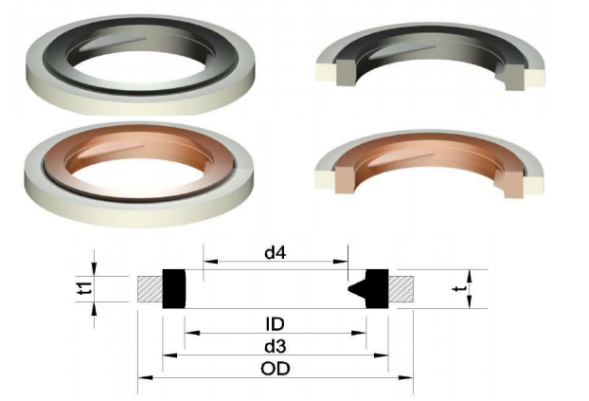How to Replace Your Engine Oil Pan Drain Plug Effectively and Safely
Understanding the Engine Oil Pan Drain Plug An Essential Component for Vehicle Maintenance
The engine oil pan drain plug may not be the first component that comes to mind when discussing vehicle maintenance, but it is a crucial part of any automobile's engine system. Often overlooked, this small yet significant piece plays a vital role in the efficiency and longevity of an engine. Understanding its function, maintenance, and the common issues associated with it can lead to better vehicle care and performance.
What is the Engine Oil Pan Drain Plug?
The engine oil pan drain plug is typically a threaded plug located at the lowest point of the oil pan. Its primary function is to provide a means of draining the engine oil during maintenance, such as oil changes. Oil changes are necessary because over time, oil can become contaminated with dirt, metal particles, and other impurities that can adversely affect engine performance. Regularly draining the old oil and replacing it with fresh oil ensures that the engine remains lubricated, which is essential for preventing wear and tear.
Importance of Proper Maintenance
While the drain plug might seem trivial, neglecting its maintenance can lead to significant issues. During an oil change, it is crucial to remove the drain plug completely to allow all the old oil to drain out. Once the oil has been replaced, the drain plug must be securely reinstalled to prevent leaks. A straightforward task can quickly become a problem if the plug is stripped or not tightened adequately, leading to oil loss and potential engine damage.
It is also recommended to replace the washer or gasket that seals the drain plug during every oil change. This simple precaution helps prevent leaks and ensures a tight fit, keeping the engine oil contained within the oil pan. Over time, gaskets can wear out or degrade, leading to slow leaks that may go unnoticed until they cause more significant problems.
engine oil pan drain plug

Common Issues Associated with the Drain Plug
One of the most common issues with drain plugs is stripped threads. This can occur due to overtightening or cross-threading the plug during installation. Stripped threads can make it impossible to create a proper seal, resulting in oil leaks. In such cases, a helicoil can be used as a repair method, but the best solution is often to replace the oil pan, which can be costly.
Another common issue is corrosion. The drain plug is typically made of metal, which can corrode over time, especially in regions where road salt is prevalent. Corrosion can weaken the integrity of the plug, increasing the likelihood of leaks. Regular inspections of the drain plug and surrounding area during oil changes can help catch these issues early on.
DIY vs. Professional Service
For those who are mechanically inclined, changing the oil and inspecting the drain plug can be a straightforward DIY task. However, if you are uncomfortable doing it yourself or lack the appropriate tools, it is advisable to seek professional assistance. A certified mechanic will have the experience and tools needed to perform the job correctly, ensuring that your vehicle remains in optimal condition.
Conclusion
The engine oil pan drain plug may be a small component, but it holds significant importance in vehicle maintenance. Understanding its role, the need for proper upkeep, and recognizing common issues can help vehicle owners avoid potential problems down the road. By ensuring that the oil drain plug is in good condition and properly maintained, you contribute to the overall health and longevity of your vehicle's engine. Regular oil changes, coupled with careful attention to the drain plug, will keep your engine running smoothly for years to come.
-
Understanding the Front Main Engine Seal: Purpose, Maintenance, and Installation
News Jul.29,2025
-
Understanding O-Rings and Seal Rings: Types, Applications, and Custom Solutions
News Jul.29,2025
-
Understanding Crankshaft Oil Seals: Rear Seals, Pulley Seals, and Their Role in Engine Integrity
News Jul.29,2025
-
The Importance of Front and Rear Crankshaft Seals in Engine Performance and Oil Management
News Jul.29,2025
-
Crank Oil Seals: Functions, Types, and Cost Considerations in Engine Maintenance
News Jul.29,2025
-
A Comprehensive Guide to O-Rings and Seals: Types, Materials, and Global Applications
News Jul.29,2025
-
Mastering Diesel and Performance Engine Maintenance: A Guide to Critical Oil Gaskets
News Jul.28,2025
Products categories















